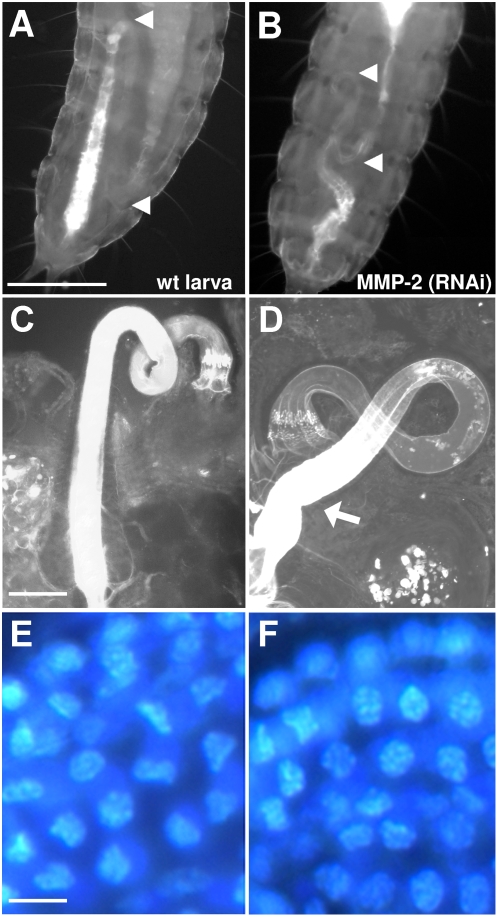Figure 8. MMP-2 knock-down in adults result in offspring with gut defects.
Tribolium larvae that are exposed to UV-light, resulting in auto-fluorescence of their cuticle and intestine. (A) Auto-fluorescence of the posterior end of a wild-type first instar larva showed an intestine that is normally s-shaped in a typical way in up to three segments (arrow-heads). (B) In contrast, examination of the posterior end of a first instar MMP-2 (RNAi) larva revealed an abnormal intestine with a twisted hind gut and a half truncated ileum loop. Closer examination of dissected hind guts from wild-type (C) and MMP-2 (RNAi) (D) larvae revealed no obvious differences except a kink at the end of the colon of MMP-2 (RNAi) larvae (indicated by an arrow). Gut epithelium seems not to be affected since cell appearance by DAPI-mediated nucleus staining indicated no differences. Scale bars, A–B, 100 µm; C–D, 50 µm; E–F, 5 µm.

